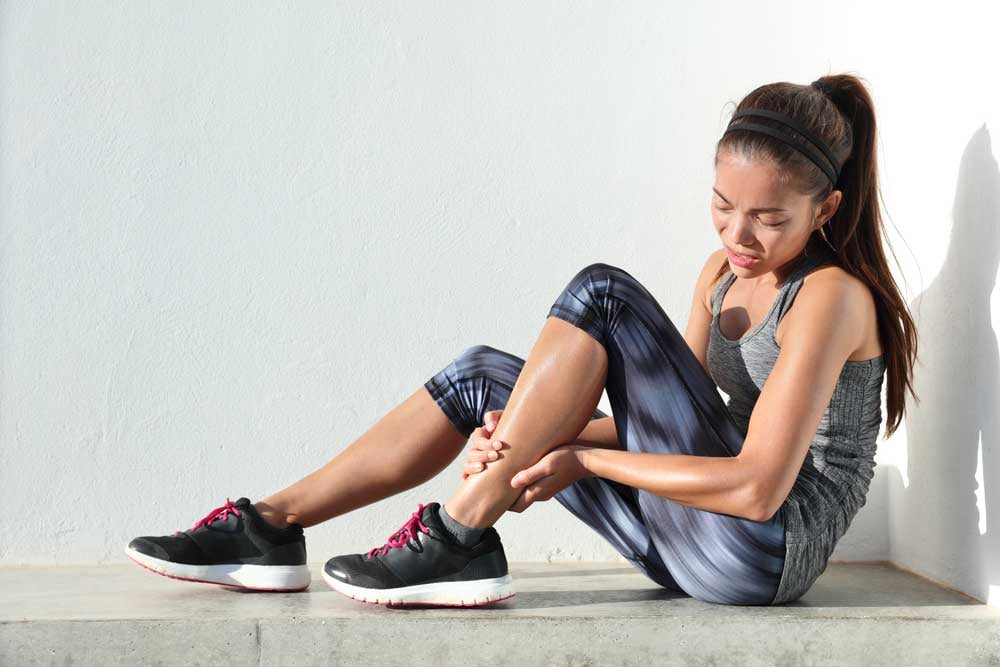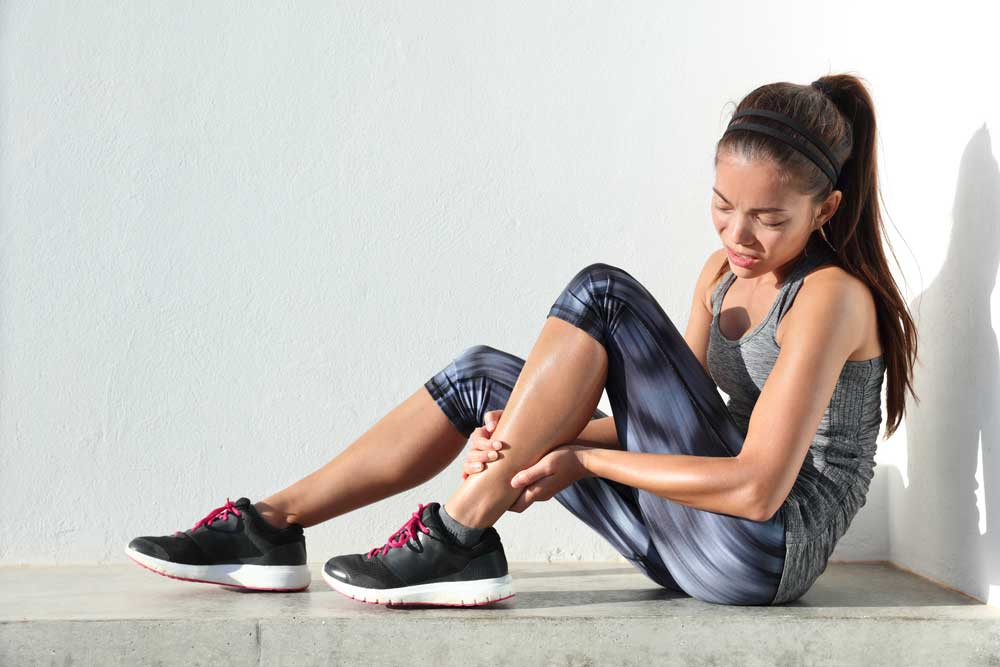How to Know if My Teenager Has a Vein Condition

Many people assume that vein conditions only occur in older people. In reality, vein conditions can affect individuals of all ages and are not limited to the older generation. In fact, my own vein condition developed when I was a college student in my twenties, but I noticed the first bulging vein on my calf when I was 15. I’ve also treated patients as young as 16. So while it is less common, teenagers can and do develop a vein condition with prompt relief of their symptoms after treatment.
Causes of Vein Conditions in Youth
The development of a vein condition in someone so young is typically due to genetics rather than lifestyle. If a teenager is suffering from a vein condition, it’s most likely that one or both of their parents suffer from one as well.
What to Watch for in a Teenage with a Vein Condition
You’ll want to watch for legs that are swelling, aching, and sore especially in the evenings. They may also get leg cramps at night. You may write those symptoms off as growing pains. The difference between a growing pain and a vein condition is the location of the pain. Growing pains tend to happen around the joints, especially the knees. With a vein condition, the pain is located in the calf muscle between the knee and ankle.
You may also notice that your teen doesn’t sleep well at night and wakes up tired. Make sure your teen is going to bed and able to sleep without distractions: electronic devices, music, caffeine, stress, or anxiety. If that happens and they still don’t sleep and their legs are aching and hurting, it could be due to a vein condition. There is inflammation from the vein condition in the legs that causes aching and fatigue. They may wake up tired even though they seemed to have slept well.
You Typically Won’t See Visible Leg Veins
It’s important to note that they will probably not have visible leg veins. The vast majority of people with a vein condition, especially teenagers and young adults, do not have spider veins, varicose veins, or brown skin stains. That’s not to say you won’t see them, it’s just uncommon. However, if you do see them, it's a pretty solid indicator that a vein condition is present.
It is important for teenagers to take good care of their veins by staying active, maintaining a healthy weight, and avoiding prolonged periods of inactivity. If you suspect that a vein condition could be at play, it’s easy to get an evaluation. A vein ultrasound will look beneath the surface of the skin for signs of a vein condition. Treatments are easy and effective.



